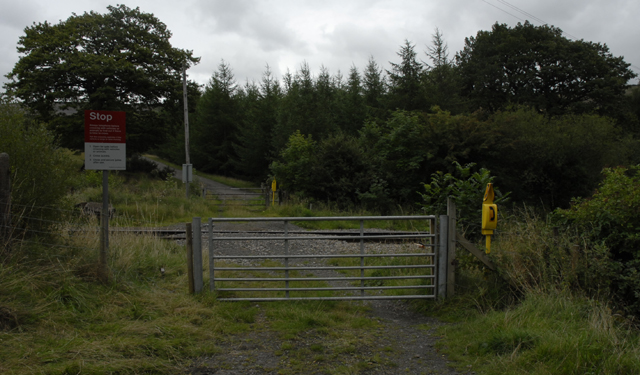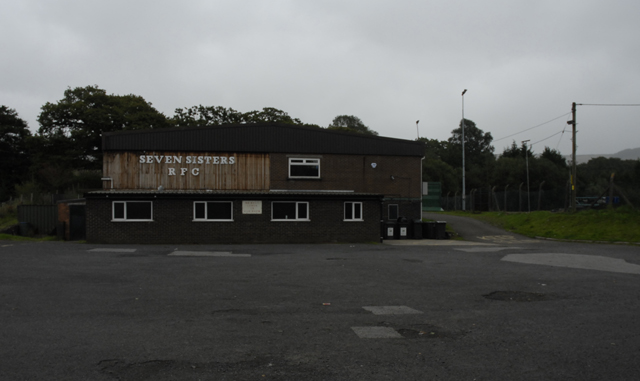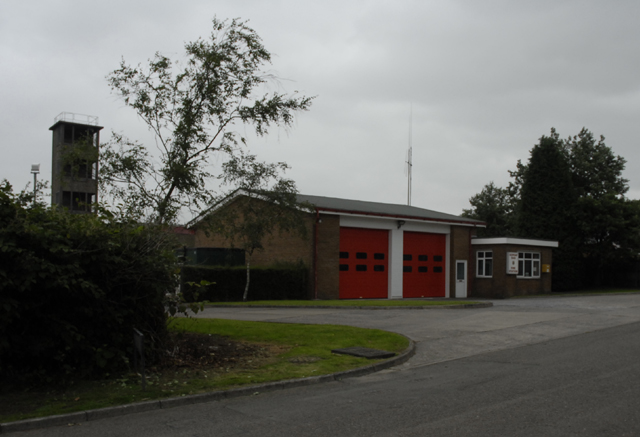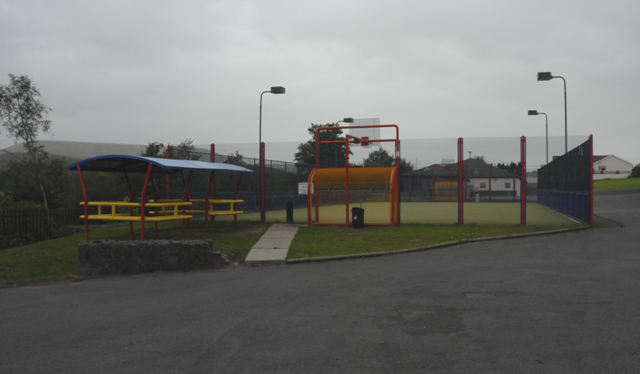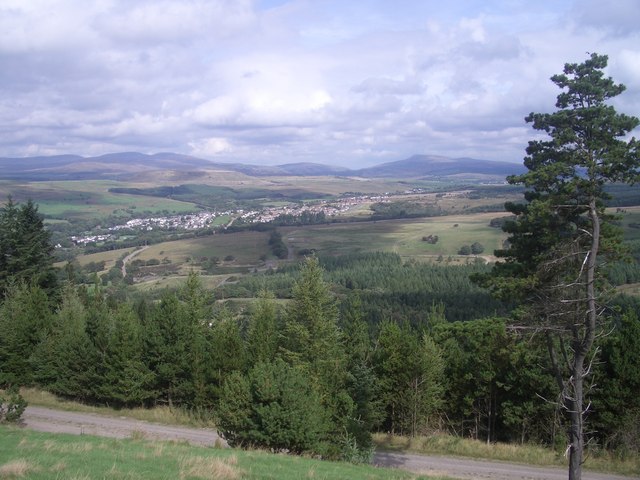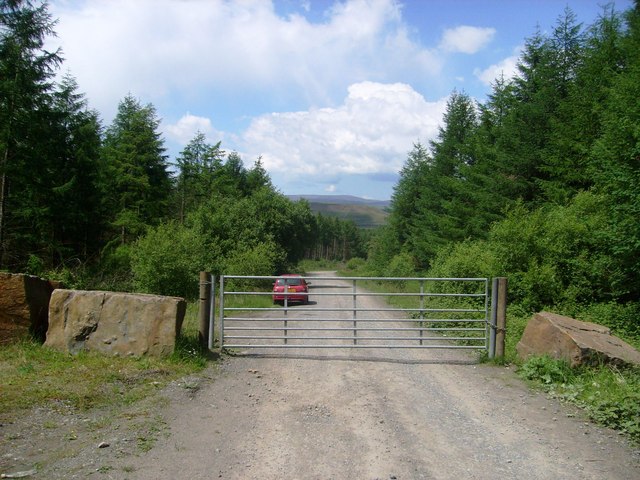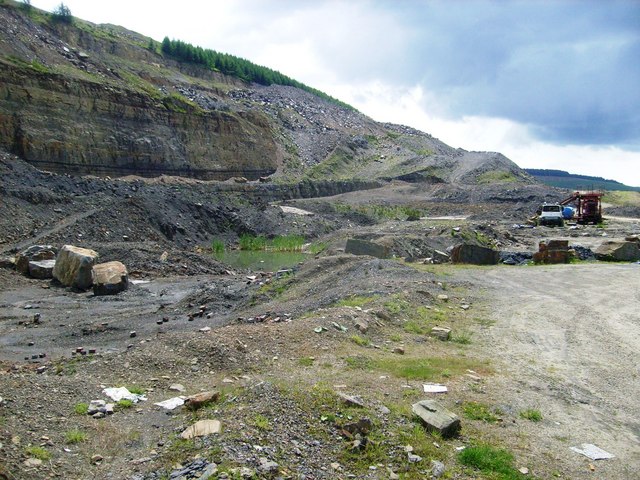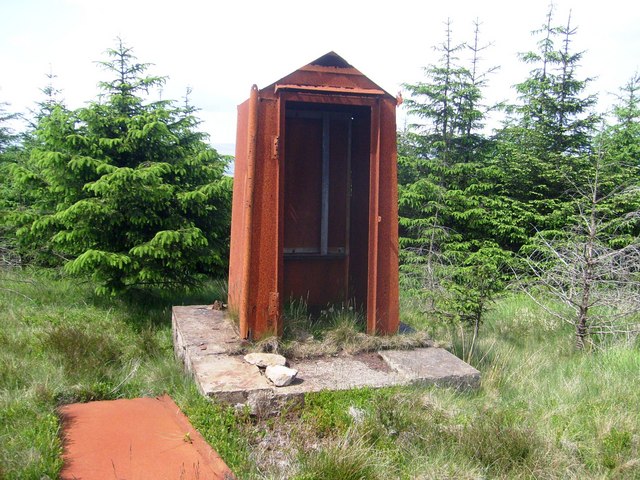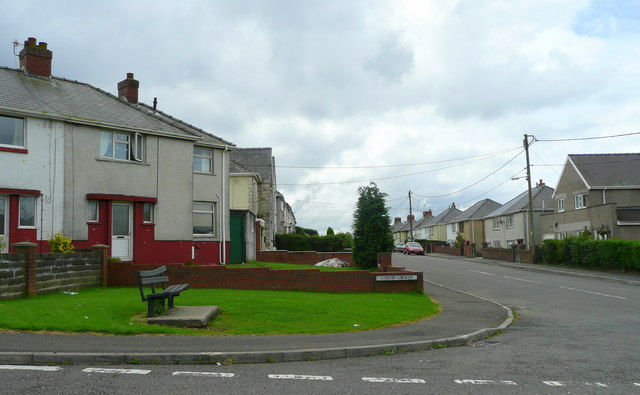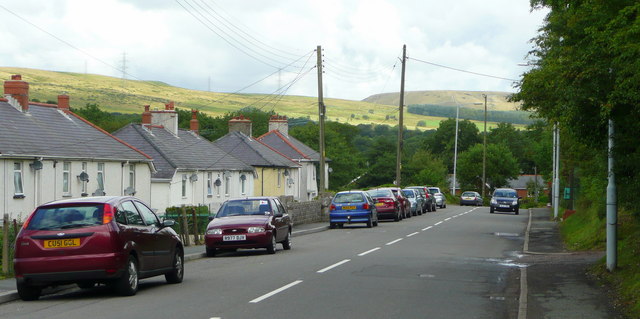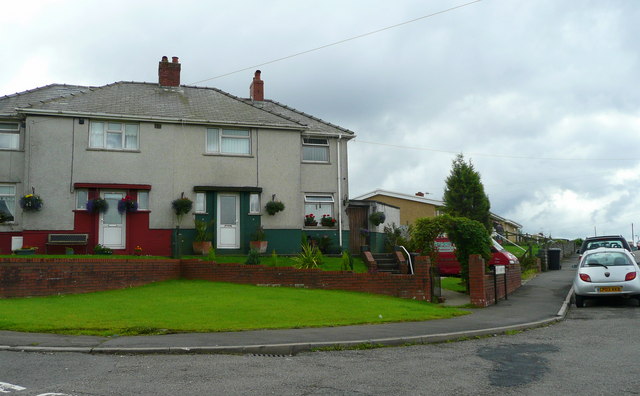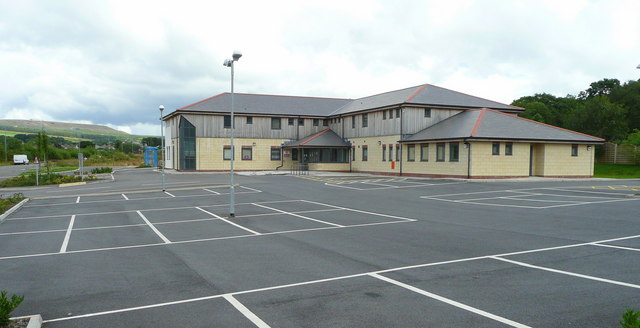Seven Sisters
Community in Glamorgan
Wales
Seven Sisters
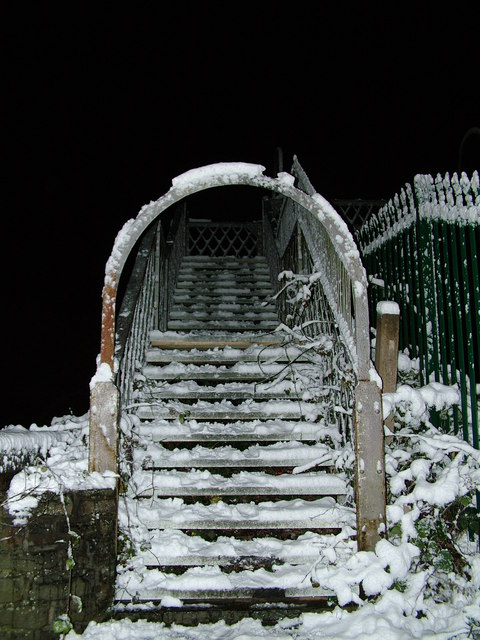
Seven Sisters is a small community located in the county of Glamorgan, Wales. It is situated within the Neath Port Talbot council area and has a population of around 2,000 residents. The village is surrounded by picturesque countryside, with rolling hills and lush greenery providing a tranquil setting for its inhabitants.
Seven Sisters has a rich industrial history, with coal mining being a prominent industry in the area during the 19th and 20th centuries. The village was named after the seven daughters of a local colliery owner, who were said to have inherited the mines after his passing.
Today, Seven Sisters is a close-knit community with a strong sense of pride in its heritage. The village has a range of amenities, including shops, pubs, and a community center, providing residents with essential services and a place to socialize. The area is also popular with hikers and outdoor enthusiasts, thanks to its proximity to the Brecon Beacons National Park and the stunning scenery that surrounds the village.
Overall, Seven Sisters is a charming and welcoming community that offers a peaceful retreat from the hustle and bustle of city life.
If you have any feedback on the listing, please let us know in the comments section below.
Seven Sisters Images
Images are sourced within 2km of 51.759512/-3.711339 or Grid Reference SN8108. Thanks to Geograph Open Source API. All images are credited.
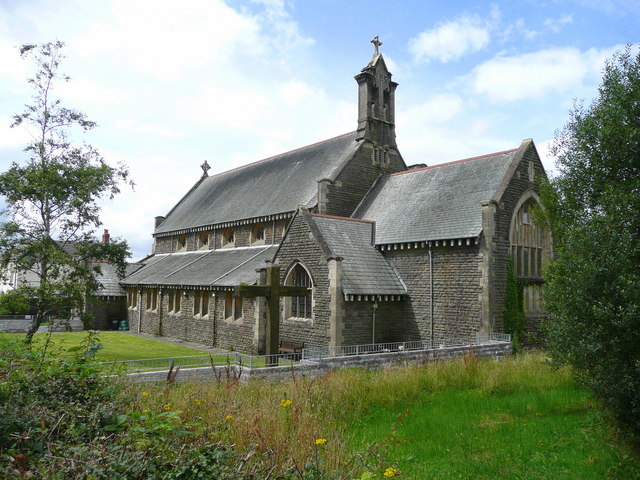
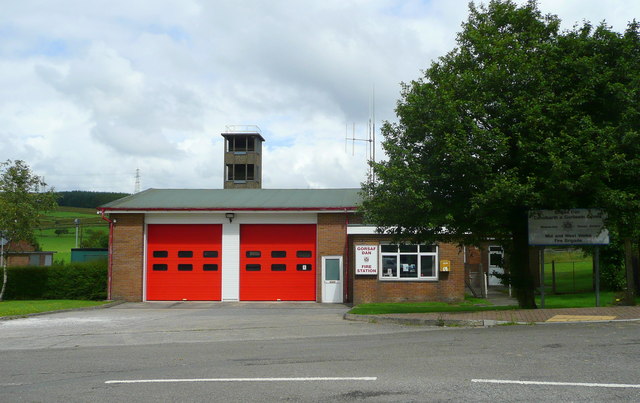
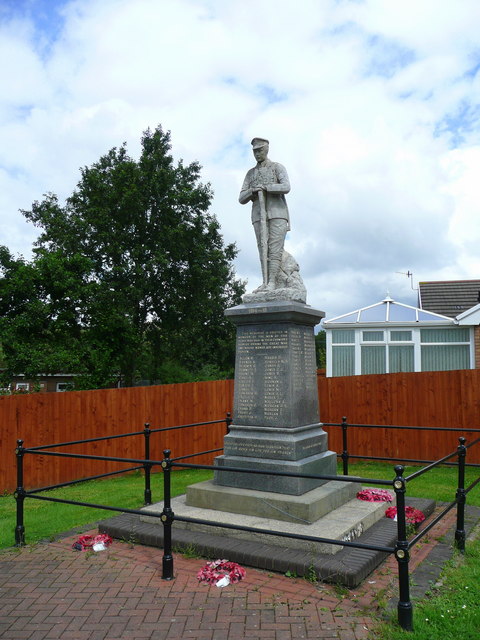
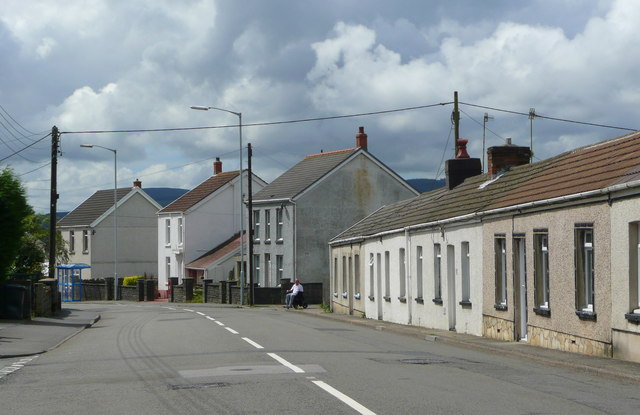
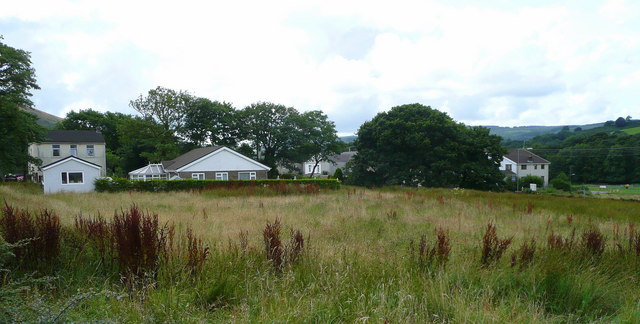
Seven Sisters is located at Grid Ref: SN8108 (Lat: 51.759512, Lng: -3.711339)
Unitary Authority: Neath Port Talbot
Police Authority: South Wales
Also known as: Blaendulais
What 3 Words
///pranced.forklift.initiates. Near Seven Sisters, Neath Port Talbot
Nearby Locations
Related Wikis
Seven Sisters, Neath Port Talbot
Seven Sisters (Welsh: Blaendulais: source of the (river) Dulais) is a village and community in the Dulais Valley, Wales, UK. It lies 10 miles (16 km) north...
Seven Sisters A.F.C.
Seven Sisters Onllwyn F.C. is a Welsh football team based in Neath, currently playing in the Ardal SW, which is at the third tier of the Welsh football...
Seven Sisters (electoral ward)
Seven Sisters was an electoral ward of the Welsh principal area of Neath Port Talbot county borough. The ward, which included, as well as Seven Sisters...
Hirfynydd
Hirfynydd is a 481-metre-high hill in Neath Port Talbot county borough in South Wales. A Roman road, Sarn Helen, runs along its entire northeast–southwest...
Nearby Amenities
Located within 500m of 51.759512,-3.711339Have you been to Seven Sisters?
Leave your review of Seven Sisters below (or comments, questions and feedback).
